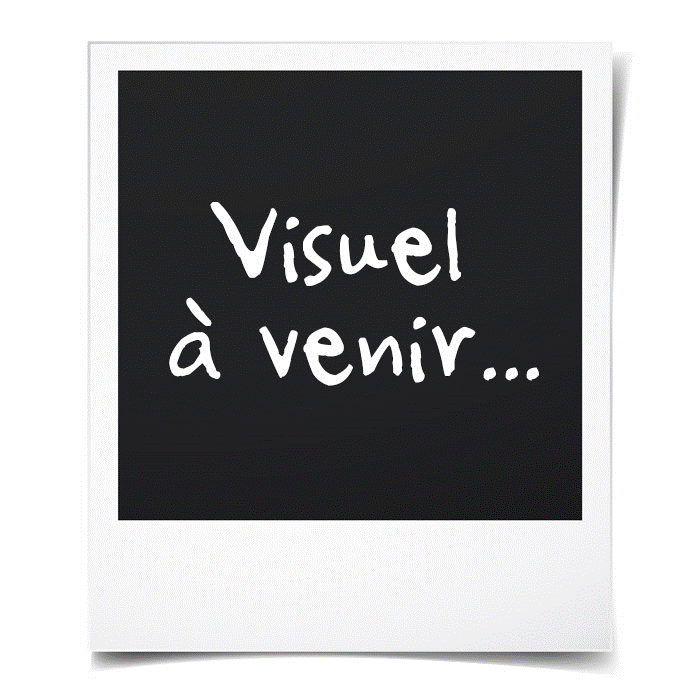

Looks good, we like the styling, get lots of compliments on the Cobalt Blue stealthy color, so far the auto dim headlights work awesome. Keep in mind we are not receiving any consideration from Winnebago for this review, which should be self-evident once you see it.įirst off, the Mercedes chassis. I recommend reviews from Ultramobility and the FitRV about the Boldt (we hyperlinked the videos for you to review if interested). Our results suggest that stereo camera technology is a useful tool for studying fish in the water column.Overall the Boldt has been a good vehicle after a few fixes! At first, we thought the BL may stand for bad logic but it has grown on us to become better life! You know what they say about don’t buy the first model year of a car? Oh well, when life gives you lemons… make lemonade! For starters, this review is going to skip items that you can find from other reviewers that cover other items. Cameras can also sample non-lethally in areas where trawling is not logistically possible, such as in shipping lanes, or permitted, such as marine protected areas.
#Boldt software instruments verification
However, stereo cameras can be viable tools for acoustic target verification of fish species and measurements of fish lengths, with the advantages of additional information on specific fish depth, tilt, and yaw.

The challenges of using stereo cameras in acoustic surveys include smaller sample sizes than those of midwater trawl catches, time required for processing of images, and identification of small fish.

Fish orientation was close to horizontal for pollock, but slightly downward for hake (15.56°), which could have implications for acoustics-based biomass estimates. Higher abundances of fish in the stereo camera images were associated with higher midwater trawl catch-per-unit-effort values. Fish length measurements were most accurate when yaw angles were <30°. Pacific hake, Merluccius productus, and walleye pollock, Gadus chalcogrammus, were the two dominant species in both midwater trawl haul catches and stereo camera images, but fish sizes were significantly larger in most cases in stereo camera images compared to trawl haul catches. Fish sometimes moved in response to the stereo camera deployment, but acclimated quickly to its presence at depth. Five paired stereo camera deployments and pelagic midwater trawl hauls were compared during an acoustic survey in the Strait of Georgia, British Columbia. In a pilot test, the stereo camera was used to identify fish species and to measure fish length, depth, tilt, and yaw. We designed, built, and tested a stereo camera for its potential to augment survey assessments of pelagic fish biomass in areas where trawl net samples cannot be collected. These methods, however, have yet to be demonstrated for mid-water pelagic or semi-pelagic fishes. Underwater stereo cameras have shown promise in providing a non-lethal, efficient, and cost-effective method to observe and measure fish in areas that cannot be sampled otherwise. A challenge in estimating fish biomass using sampling nets is varying catchability with habitat, weather, or vessel traffic conditions. To understand and manage marine ecosystems, long-term monitoring of fish biomass is needed.


 0 kommentar(er)
0 kommentar(er)
